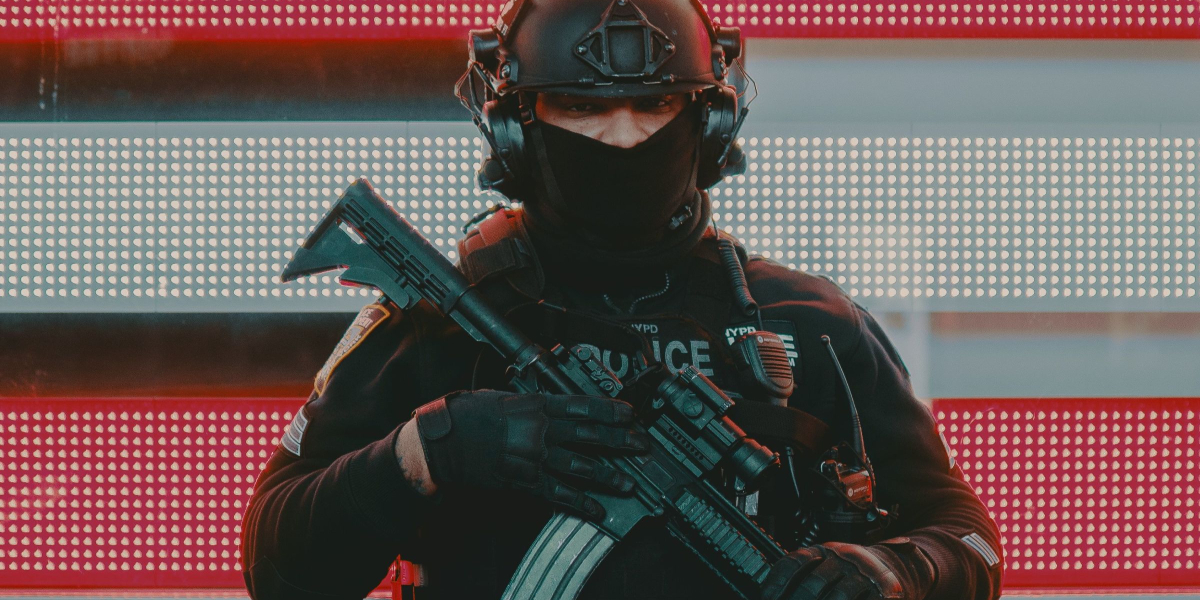Three Washington cities will pay $3 million to settle a lawsuit filed by the family of an emotionally disturbed Montesano man killed by officers while he was trying to surrender to them.
Dozens of officers from Aberdeen, Montesano and Hoquiam surrounded the home of 43-year-old Patrick Easton West, who was on the phone with a negotiator who had announced West was calming down during the April 2019 incident. But the heavily armed officers who were part of a SWAT-like “critical response unit” charged inside West’s home anyway.
One officer carrying a bulletproof ballistic shield fired seven times at West, who was struck three times by bullets. West, who had no criminal history and did not have access to firearms, died the next day.
West’s family told police on the scene that he suffered from mental health issues and asked them to proceed cautiously. He had barricaded himself in his basement, carrying a metal bar with tape on the end that police called a “makeshift sword.” West threw the bar onto the lawn after officers ordered him to drop it, and then officers opened fire, according to the lawsuit.
Police claimed the bar hit an officer, but there was no evidence anyone was injured by it, according to police records and the lawsuit. When West hit a cedar fence with the metal bar, an officer was on the opposite side. A police chief said that amounted to assault on an officer and “we’re calling it a felony,” according to the lawsuit. That led to dozens of officers converging on the scene.
The family’s lawyer, Tim Ford, argued that officers unnecessarily escalated the incident as part of “their militarized response.” Despite their own negotiators noting that West was calming down, officers “approached the house with a heavily armed team to breach the door to Pat’s basement workshop with a battering ram.”
Once inside, officers yelled conflicting commands and one officer shot and killed West. The lawsuit argued that the special unit “engages in paramilitary tactical operations,” but the unit “rarely trains as an entire team, and the crisis negotiators train even less than the tactical officers.”


